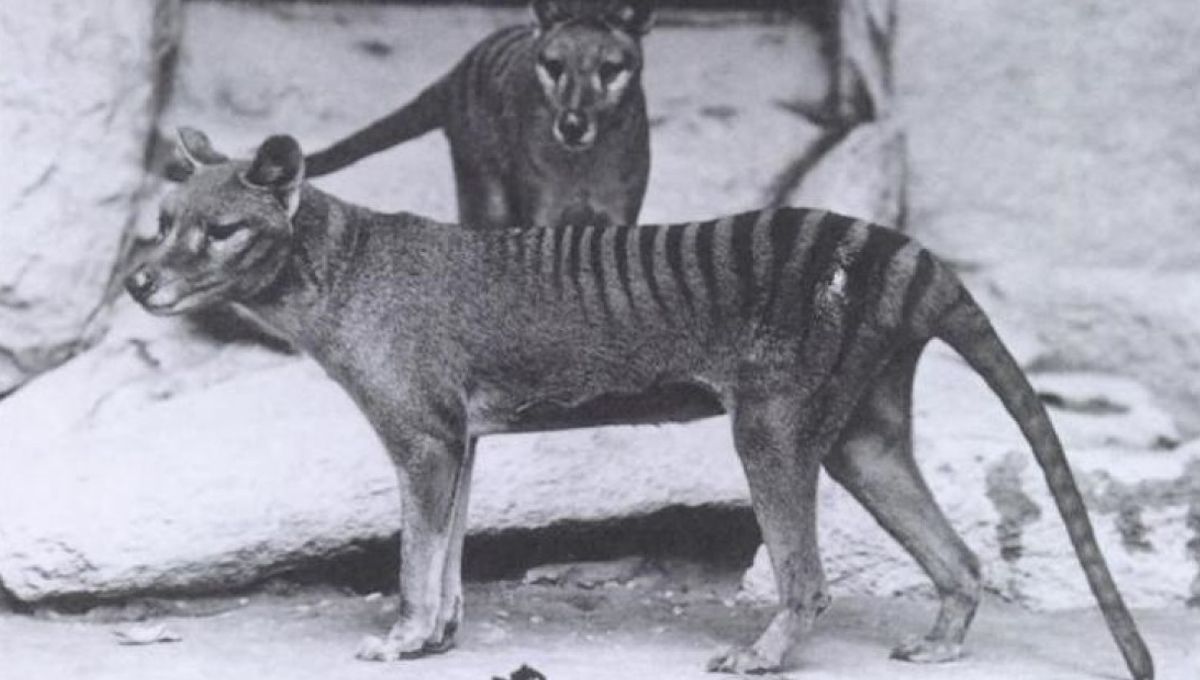
The last known thylacine died in 1936 and was thought to have taken the species with it. Now, new research is claiming that the extinction of the Tasmanian tiger may not have happened until the 1980s, possibly even reaching the millennium.
Thylacine (Thylacinus cynocephalus) are held up as one of the great examples of human-driven species extinction. They once had a stronghold in Tasmania, but when European settlers moved in they pushed it out of its native range and into a precarious situation.
Now extinct, it’s mostly been accepted that the captive thylacine at Beaumaris Zoo in Hobart marked the species’ extinction on September 7, 1936. However, knowing when a species is extinct is one of The Big Questions of science (and something we discussed in a podcast with Re:Wild).
To investigate if the thylacine endured beyond 1936, researchers gathered information on 1,237 suspected observations from Tasmania that took place after 1910. Sightings of rare or mythical creatures have a bad habit of being unreliable (see Loch Ness Monster eels and Sea Beast whale erections), so the researchers quantified the degree of uncertainty surrounding thylacine sightings.
Combining this information with models and maps, they were able to establish the most likely sites thylacine would’ve fled to had there been a persisting population in the first half of the 20th century. They were able to gather data from thylacine hunters, trappers, wildlife professionals, and bushmen to build a more complete picture of what might have come next.
It revealed that it’s more likely thylacine went extinct sometime between the 1940s and 1970s, with some estimates pushing it as far back as the 1980s to 2000s. If true, the thylacine would’ve been survived by a small subpopulation that fled to the remote south-westen wilderness areas in Tasmania.
“The Thylacine (Tasmanian Tiger) was famously thought to have gone extinct in 1936. We compiled an exhaustive record of later possible sightings to test this assertion,” highlighted the authors of the pre-proof study, which has undergone peer review but not yet been fully published. “Contrary to the consensus, this iconic predator probably persisted until the 1980s.”
Thylacine continues to capture the public’s imagination every time a fresh “sighting” does the rounds in the press. While it seems unlikely that any are left to this day, this new research demonstrates that thylacine may well have been kicking around in the lifetimes’ of many people alive today.
Except for you, Gen Alpha.
The study is published in Science of The Total Environment.
Source Link: Thylacines May Have Been Walking The Earth As Late As The 1980s